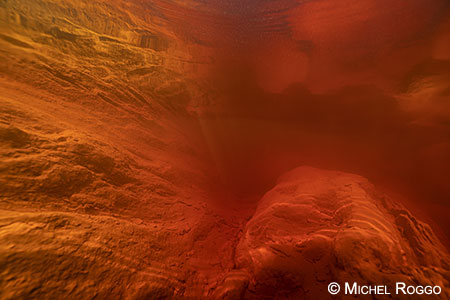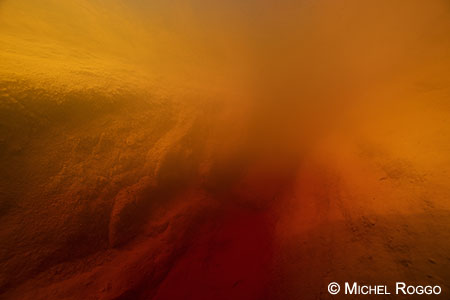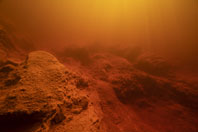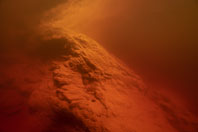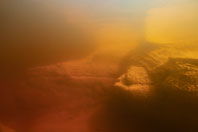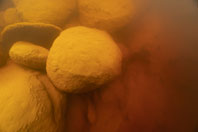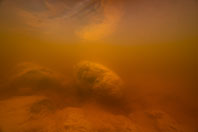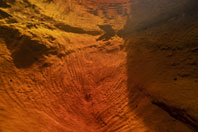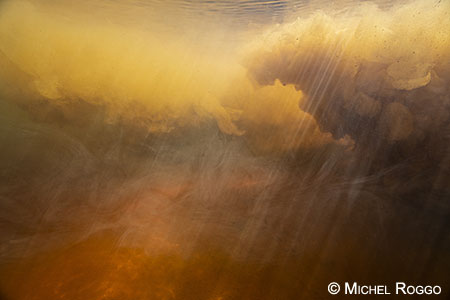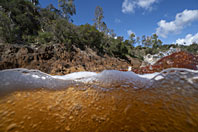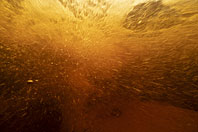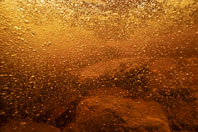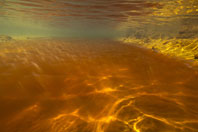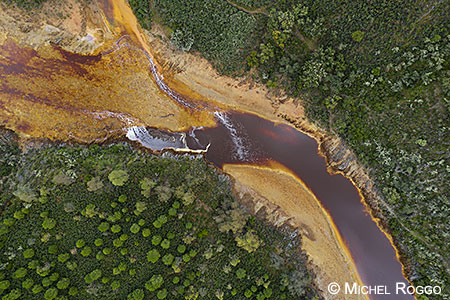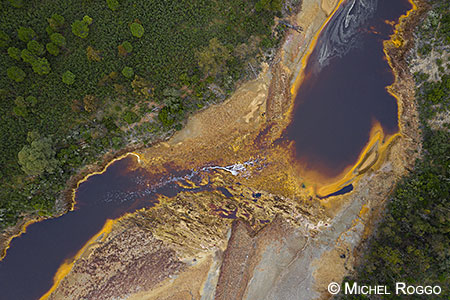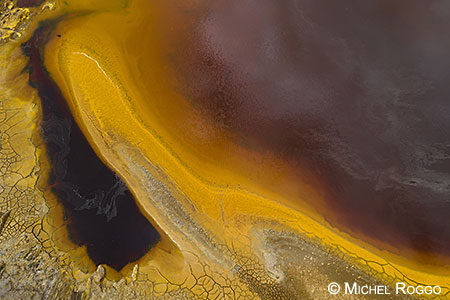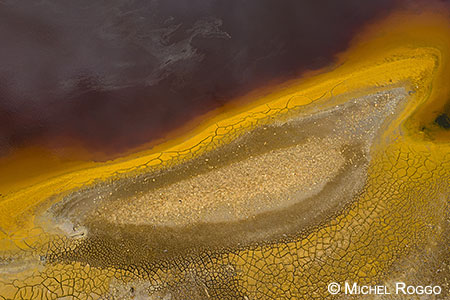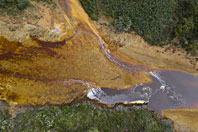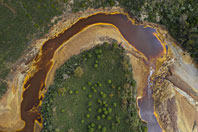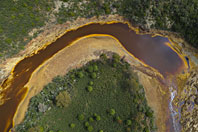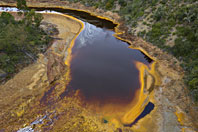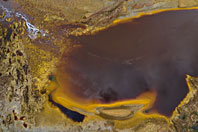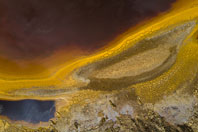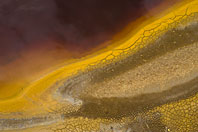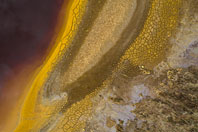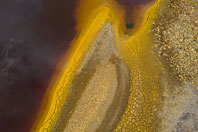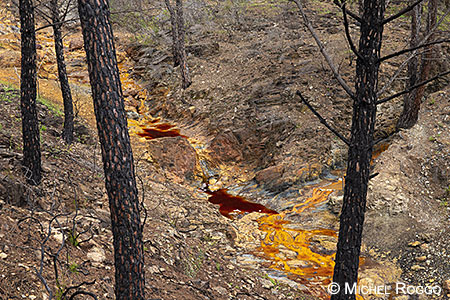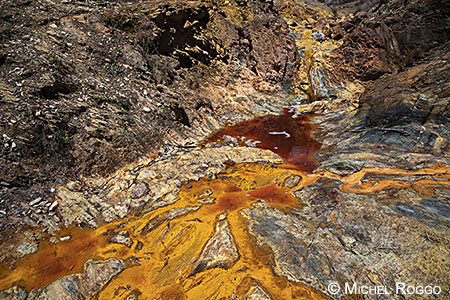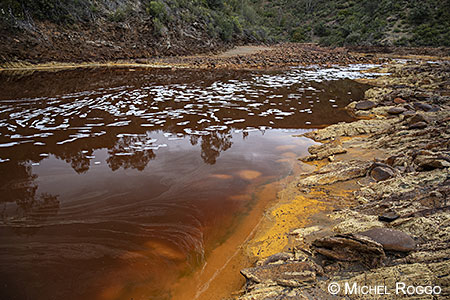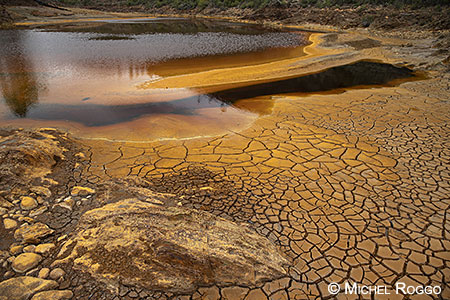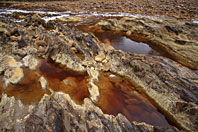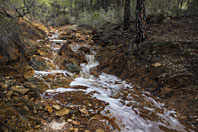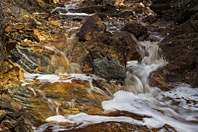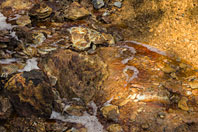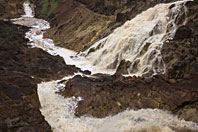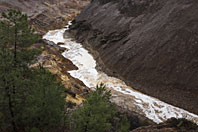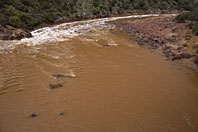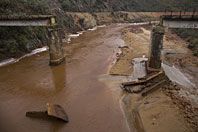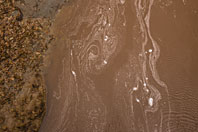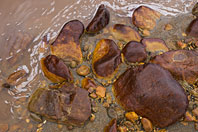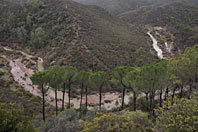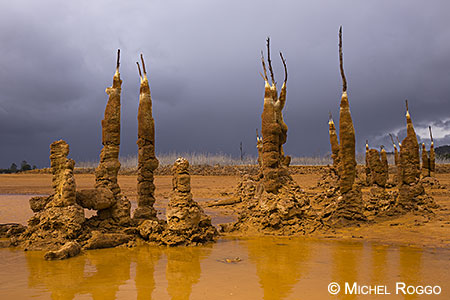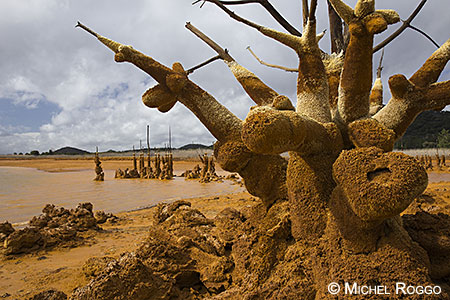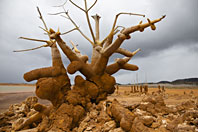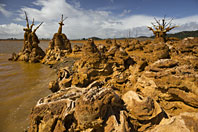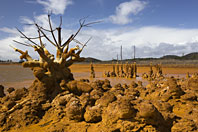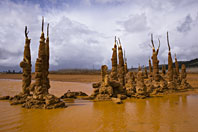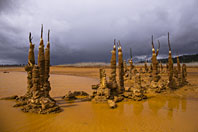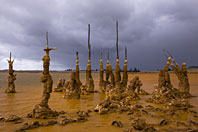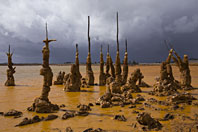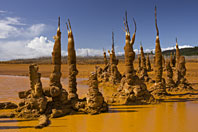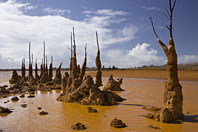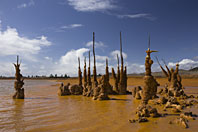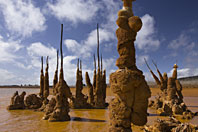The Río Tinto is a river in southwestern Spain that rises in the Sierra Morena mountains of Andalusia. It flows generally south-southwest, reaching the Gulf of Cádiz at Huelva. The Rio Tinto River has a unique red and orange colour. The colour is derived from the chemical makeup of the river. The river is extremely acidic and contains very high levels of iron. The combination of the acid water, heavy metals and high levels of iron give the river its unique colour.
The Rio Tinto River is extremely acidic (pH 2) which is due to the acid drainage from previous mining history as well as natural acid rock drainage in the area. There are severe environmental concerns over the pollution in the river. The pollution plays a key role in the rivers unique colour. Its environmental concerns are partially due to the rivers' very high levels of metal and its low levels of hydrogen ion. Although certain forms of life do thrive in these extreme envrionemntal conditions. The Rio Tinto River is habitat to certain forms of bacteria, algae and heterotrophs. More specifically eukaryotes and chemolithotrophic bacteria, as well as other microorganisms.
This river has gained recent scientific interest due to the presence of extremophile anaerobic bacteria that dwell in the water. The subsurface rocks on the river bed contain iron and sulfide minerals on which the bacteria feed. The extreme conditions in the river may be analogous to other locations in the solar system thought to contain liquid water, such as subterranean Mars. NASA scientists have also directly compared the chemistry of the water in which the rocks of Meridiani Planum were deposited in the past with the Río Tinto. Likewise Jupiter's moon Europa is theorized to contain an acidic ocean of water underneath its ice surface. Thus the river is of interest to astrobiologists. (Source: Wikipedia)
Freshwater Ecoregion of the World : #413 Southern Iberia
Major Habitat Type: Temperate floodplain rivers and wetlands
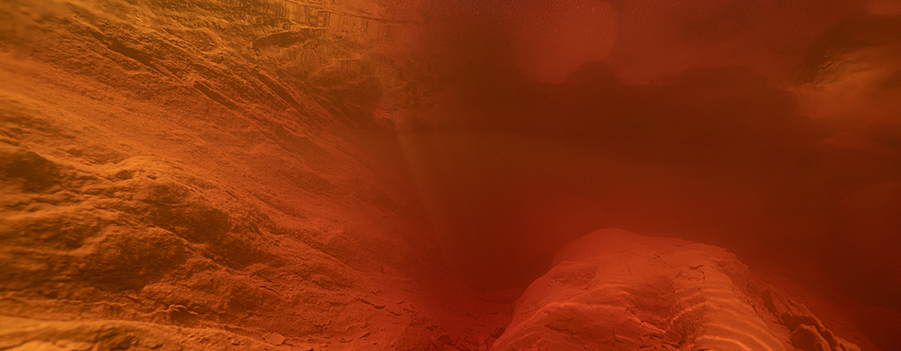
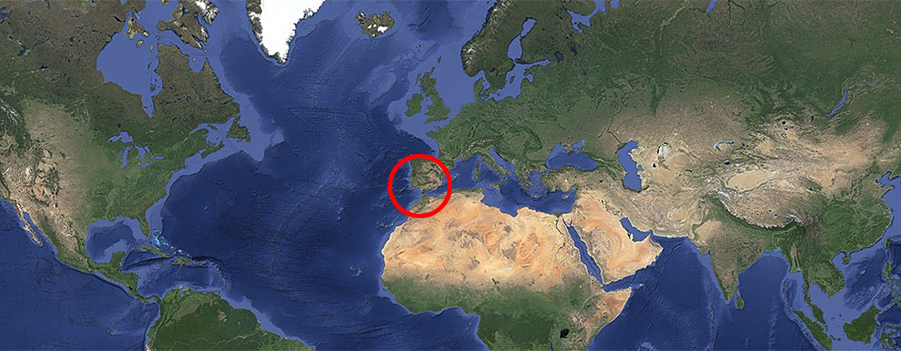
 indicate personal favorites.
indicate personal favorites.